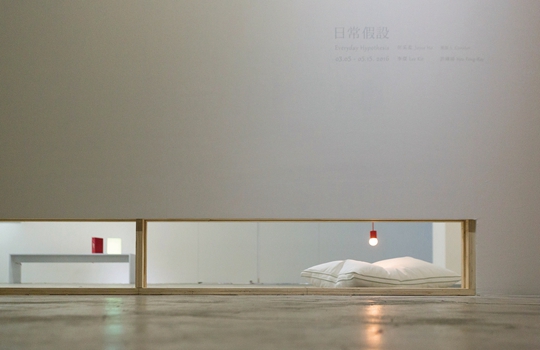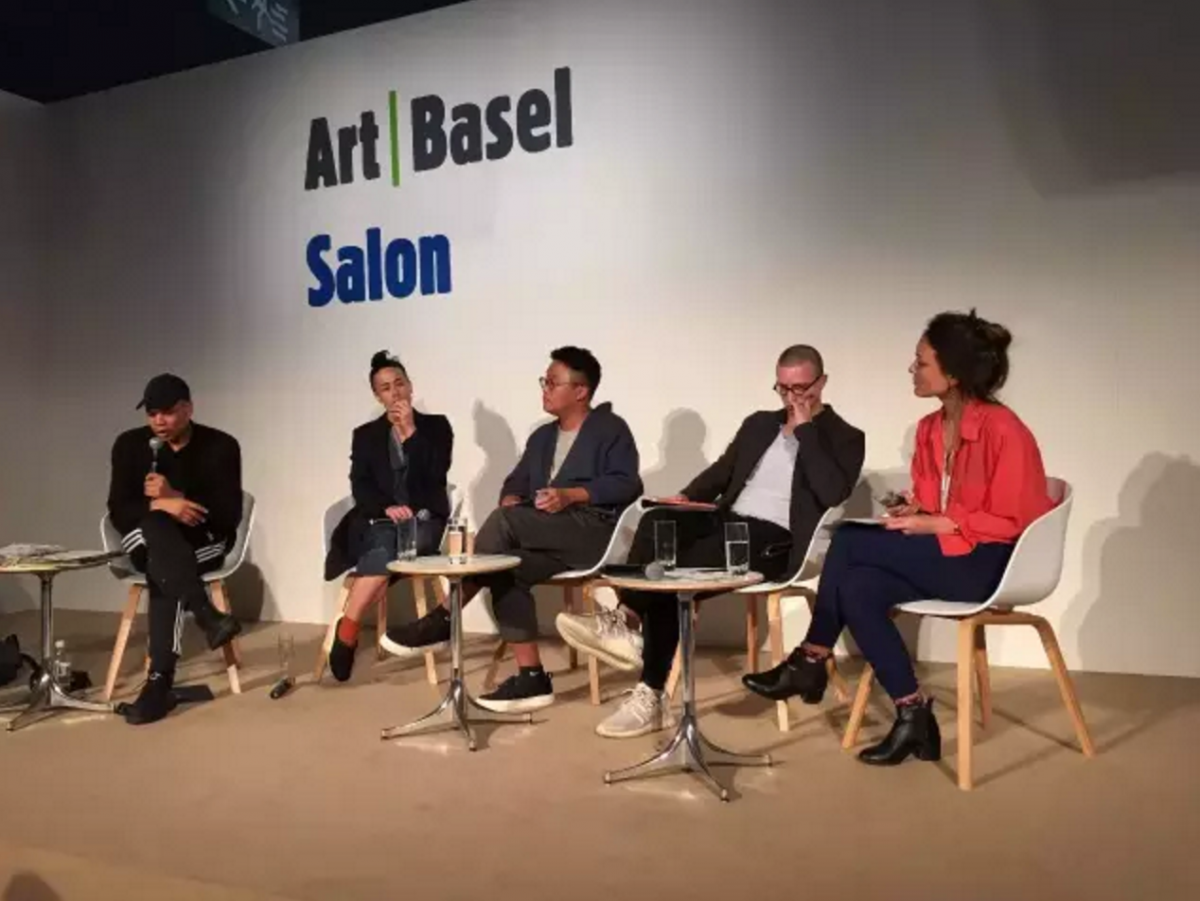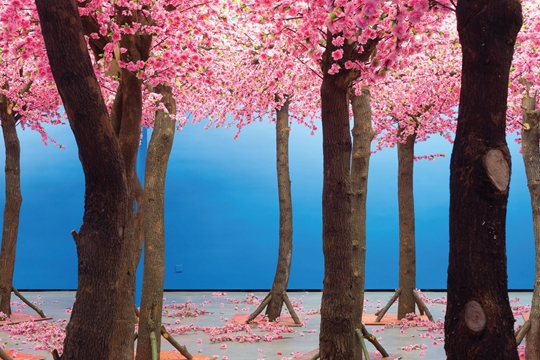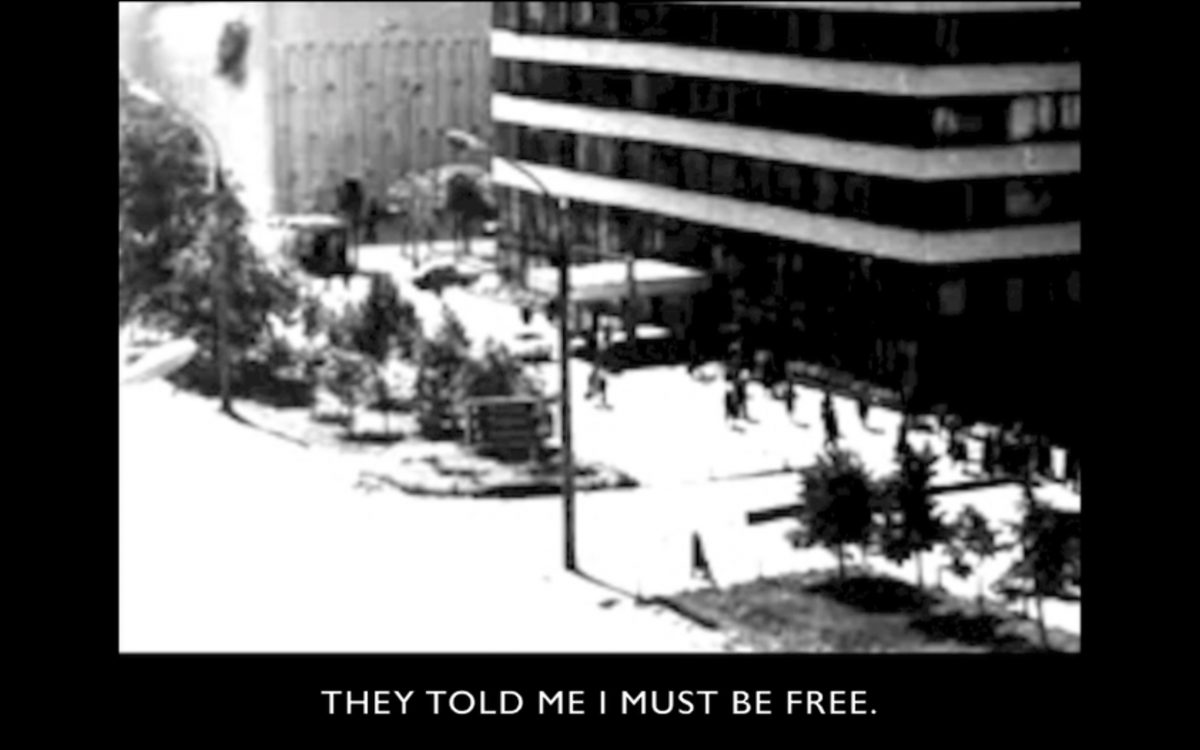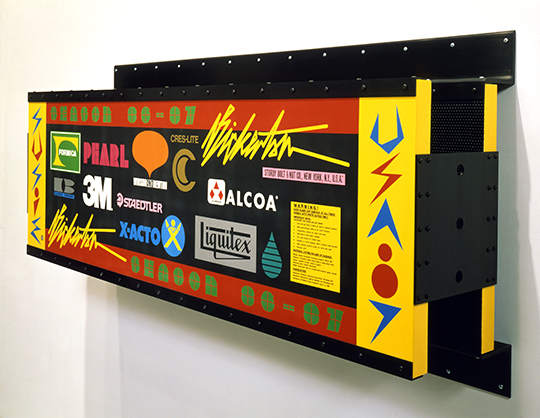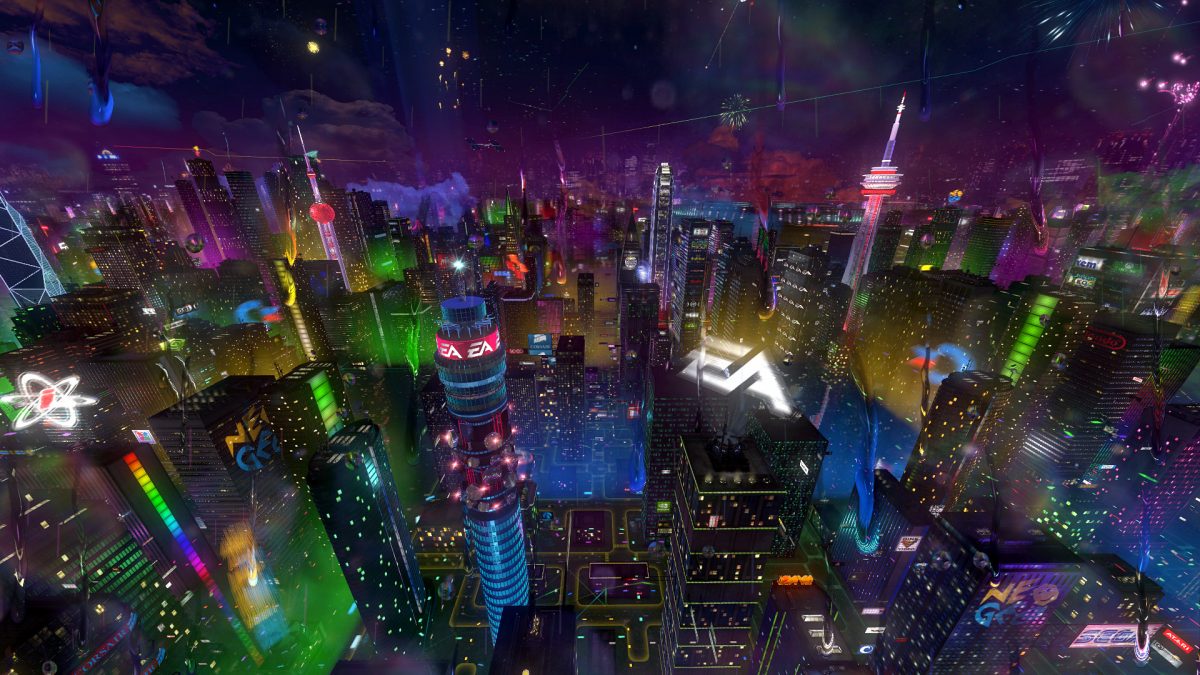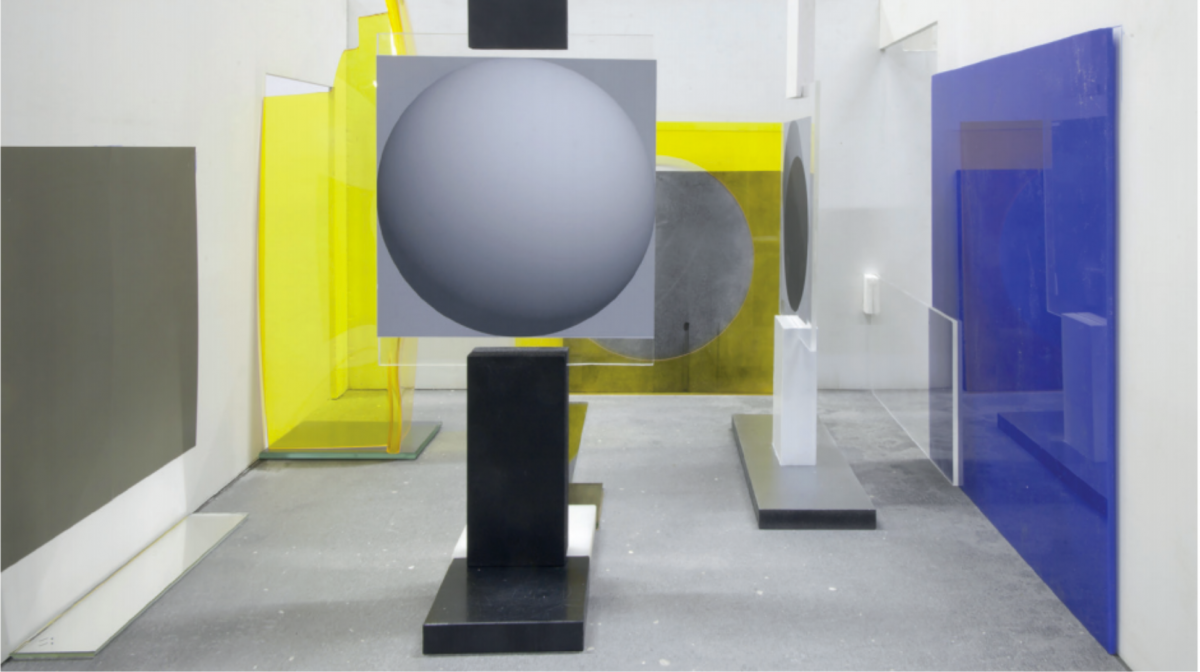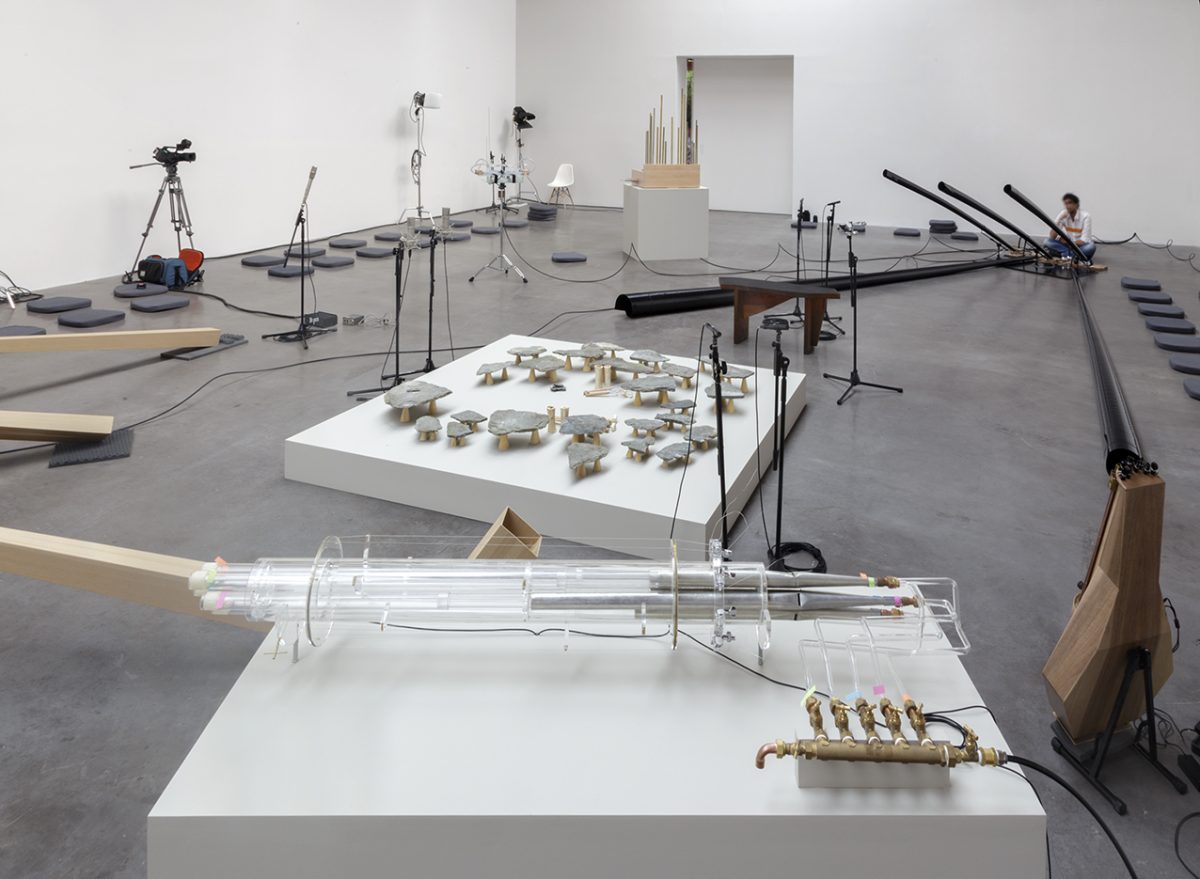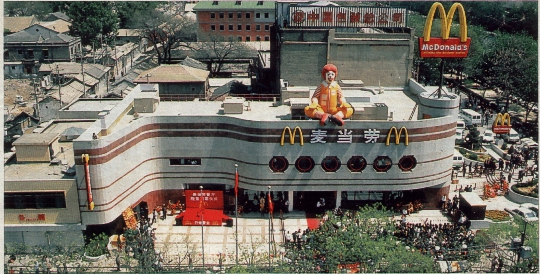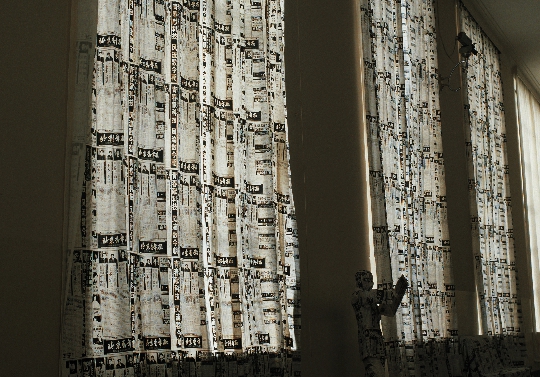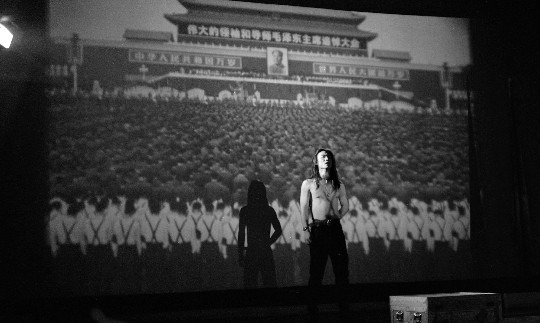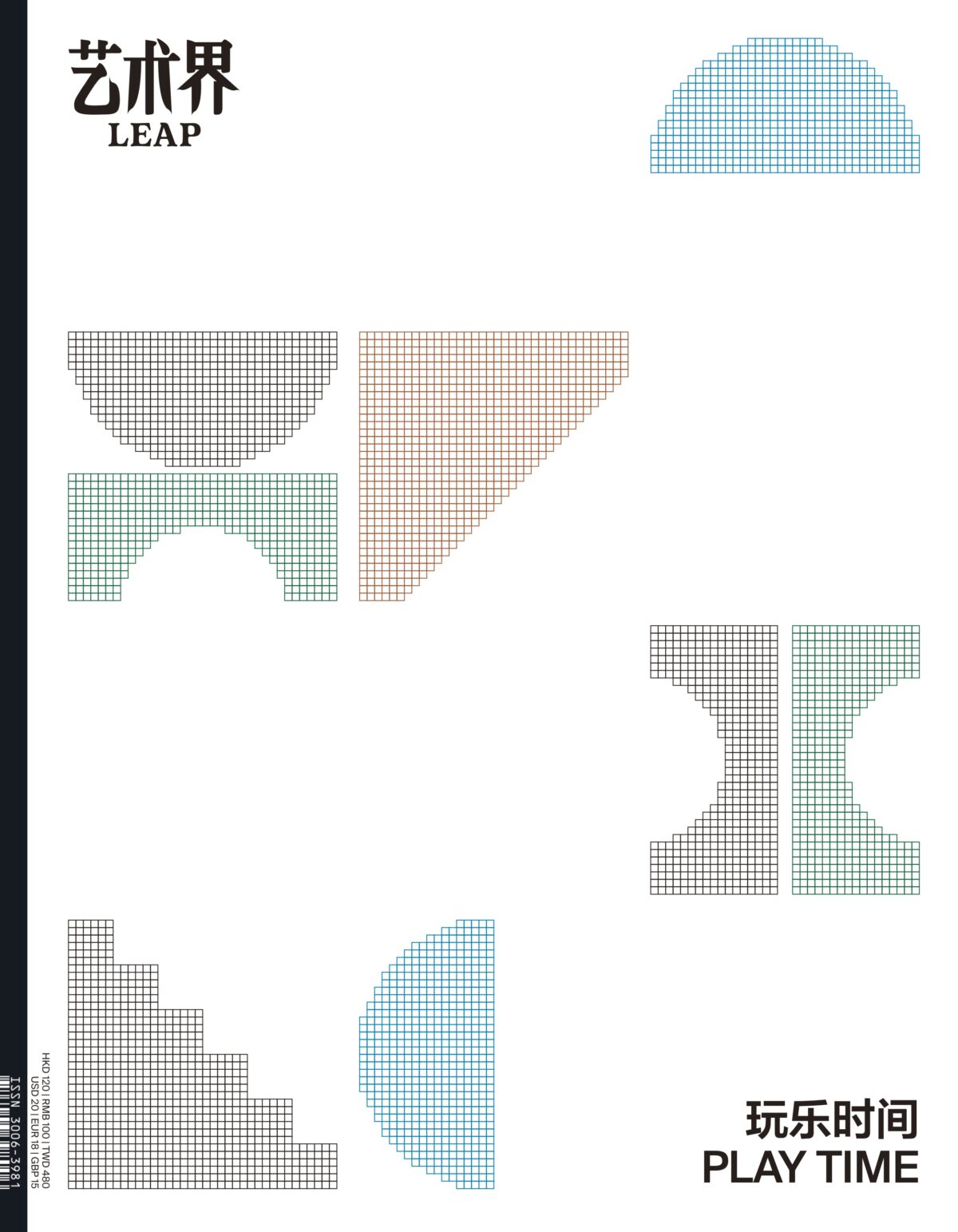Contemporary Chinese artists and the worker’s experience In 1972, a 16-year-old Sui Jianguo took the place of his mother as a worker at the Tongyao Workshop of Qingdao National Cotton Mill No. 2; in 1977, a 20-year-old Wang Guangyi left a farm in Heilongjiang province, where he had worked as a sent-down youth, to become…
Read MoreAlthough Lee Kit’s work seems, on the surface, to deal with everyday objects, these things actually tend to serve as material support for his private emotions and as backdrop for projected illustratio…
Read MoreDespite the torrential rains that stuttered throughout the week, the fourth edition of Art Basel Hong Kong still managed to break record by attracting more than 70,000 collectors, artists, and industry professionals to gather for a week-long celebration of art. Nor did the weather deter LEAP’s participation in this year’s Basel, presenting a variety of…
Read MoreIf Heman Chong’s show were a book, it would feel like a limited edition paperback. In Chong’s most alluring work, books, as a medium for words, are the metaphors for his creation—works of art each mad…
Read MoreApart from the need to hide in the shade of art during the hot vernissage of the Venice Biennale, it is always with anticipation that one enters the Arsenale and Giardini. The possibilities are neverending, but are also trapped within the walls of buildings, not to mention the town of Venice itself. During these opening…
Read MoreIndépendamment du désir que l’on éprouve, lors des heures brûlantes du vernissage de la Biennale de Venise, de s’abriter à l’ombre de l’Art, on est toujours saisi par l’excitation à l’idée de pénétrer dans l’Arsenal et les Giardini. Les possibilités sont infinies, mais circonscrites par les murs des édifices, et par Venise elle-même. Durant ces…
Read MoreCurrent events in the international sphere, including the emergence of the Islamic State, invite us to think about de-westernization after the Cold War and decoloniality after decolonization. If a point of reference is needed, the 1955 Bandung Conference is a good one. China was under the leadership of Mao Zedong, and Zhou Enlai, first Premier…
Read MoreJamian Juliano-Villani’s website is structured along the lines of popular blog host Tumblr, fittingly resembling the countless blogs that catalogue images of contemporary art and online ephemera. The 28-year-old New York-based artist’s name sits in gothic font layered over a stream of images, an animated GIF to the side showing a creature dunking its head…
Read MoreWe live in a state of the perpetual present. With the revolving door of exhibitions in more and more venues, commercial and scholarly alike, thousands of artists appear on a relatively flat plane of aesthetics. This is good for a lot of things—fair art criticism among them—but it tends to hurt our understanding, as viewers,…
Read MoreLEAP: The VIP lounge in The Well Fair is a locked door with nothing behind it; among other works, this emphasizes the quality of “denial.” I wonder why this attracts you more than, say, “complicity.” Elmgreen & Dragset: A lot of things in our society have to do with accessibility. You are only allowed to…
Read MoreLes artistes contemporains chinois forment une communauté haute en couleur. Ils fréquentent les vernissages huppés et les afters, où ils s’échangent les dernières rumeurs de Bâle et de Kassel. La plupart vivent dans des ateliers frustes à Heiqiao ou Songzhuang, en banlieue de Pékin, et sont constamment menacés par la hausse des loyers ou…
Read MoreOrbit Of Rock, 2014 Zhang Ding reproduit le concert de rock mythique qui eut lieu en 1991 sur la Place Rouge, à Moscou. Durant la performance à laquelle participent quatre groupes, 13 morceaux sont in…
Read MoreThe sixth installment of the Tokyo Art Meeting series, “TOKYO: Sensing the Cultural Magma of the Metropolis,” surveys the creative forces lurking beneath the city’s notoriously digitalized and commercialized culture. While admitting that Tokyo resembles “a flat wasteland: a refined, yet cold glacier,” head curators Yuko Hasegawa and Sachiko Namba crack a hole in this…
Read MoreAgainst all odds, the much-maligned genre of the China show seems to be making a comeback, some decade since it largely disappeared from major international museum programs. In addition to the Fondati…
Read MoreWe often feel that we intimately know the places where we reside and work, yet, through different modes of engagement, “Urban Synesthesia” reveals the idiosyncratic elements and characters of cities that can otherwise go unnoticed. The offspring of the Benjaminian flâneur works spontaneously by means of field research, looking to unveil the façade. The exhibition tries to allow the visitor to become more sensitive, becoming aware that simple objects and landscapes are not always as they seem.
Read MoreIn the 1960s, German contemporary music master Karlheinz Stockhausen noted that “the distinction between sound and music disappears.” Perhaps we can open up a discussion of the subtle relationship between sound art and the plastic arts. For a long time, their differences have flaked away through level after level of conceptual framing. But the gap…
Read MoreMika Rottenberg’s film No Nose Knows, a highlight of the Arsenale in OkwuiEnwezor’s 2015 Venice Biennale, returns to China (it was shot in the coastal areas of Zhejiang) in this small exhibition in Beijing. Touching on the pearl industry, empty housing developments, and the absurd gestures of the everyday, Rottenberg considers her piece a “diagram…
Read MoreThe New History Group, active in Wuhan, was made up of artists, businessmen, and academics. They created mass-produced art products through a series of mutually beneficial corporate collaborations, in…
Read MoreScholar Dai Jinhua, in his discussion of the ideological constructs of mass culture in the 1990s, says that, at that time,“farewell to revolution” became the profound and tragic social consensus. This turn occurred alongside the end of the Cold War and Fukuyama’s “end of history,” originating in the disruptive influence of market reform on intellectual…
Read MoreRock and roll first made its way to Chinese audiences as reference materials for the critique of capitalism, before it began to spread among the children of officials and musical families. Memories of early-1990s rock exist only in the communities of expats and elite intellectuals, who forged friendships in the Kempinski Hotel and Song Huaigui’s…
Read More

